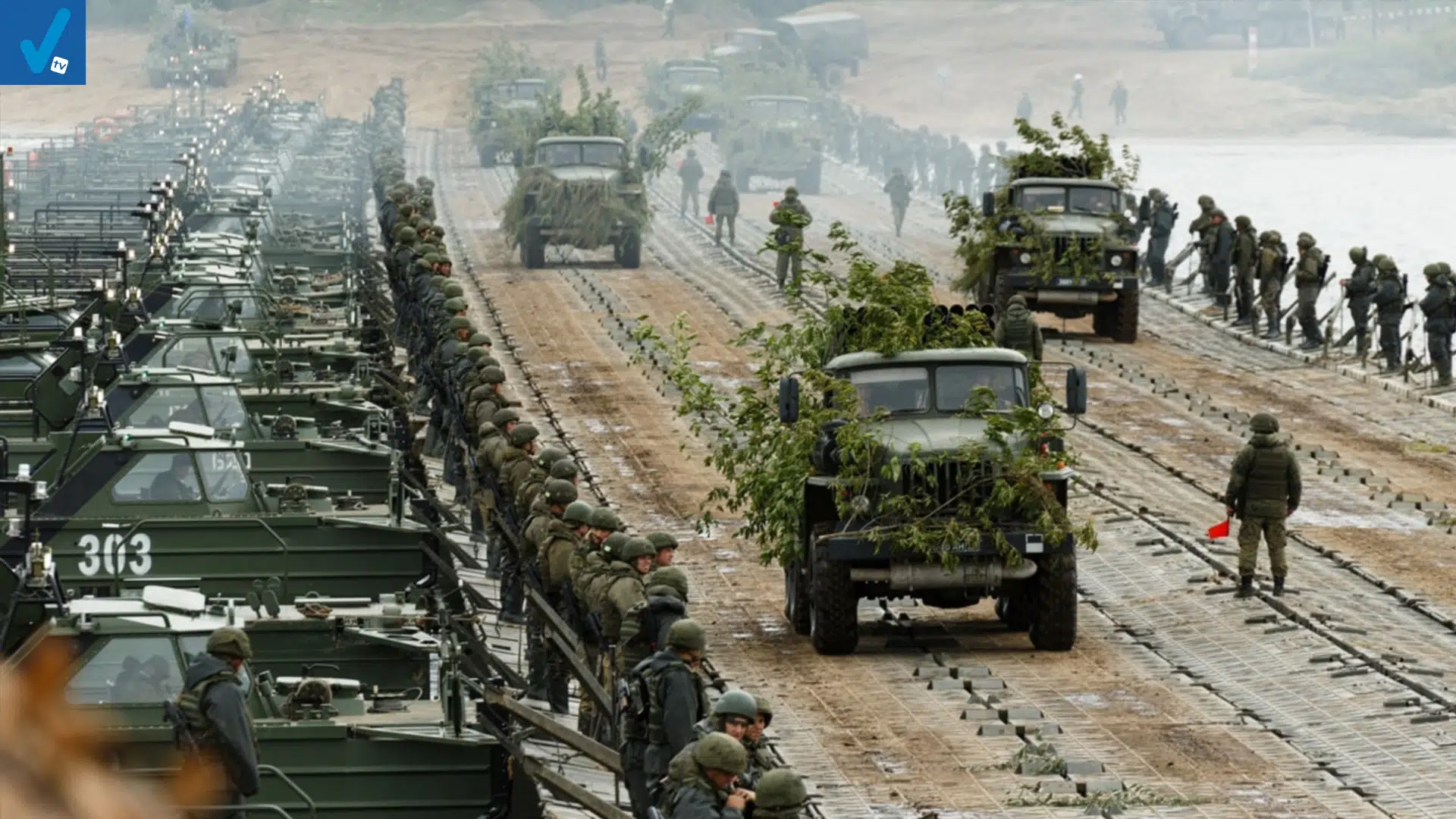In 1991, Ukraine gained independence from the USSR and became a separate country. However, the conflicts between the two countries have not yet ceased. In December 2021, Russia placed over 100,000 military troops on their border with Ukraine. Despite hostile relations since 2014, Russia has recently militarized due to new concerns. According to the NATO-Russia Founding Act signed in 1991, Russia agreed not to militarize or threaten NATO Allies, as long as there have been no threats to Russian security. After, most countries bordering Russia allied with NATO and as of June 2020, Ukraine joined NATO’s “enhanced opportunity partner interoperability program,” which essentially encourages and promotes the organization to Ukraine. Russia claimed to feel their security threatened due to the constant expansion of NATO eastward. This led to their December militarization, as a reminder or perhaps a warning to the world about the treaty and the conditions it was signed upon.
The reaction to these military tensions have been ranging from calm negotiations to military preparations for the upcoming months. Bulgaria’s new Prime Minister Kiril Petkov stated that the cabinet “decided to prioritize every means from the Bulgarian side to de-escalate the tension between NATO and Russia.” This method of de-escalation is the current stage of the conflict. However, as more NATO members begin military developments, it could be predicted that there are slim hopes of success through humanitarian negotiations. Many Ukraine-bordering countries such as Romania have begun the process of militarization due to the threat their own countries could face if conflict breaks out within the ex-Soviet countries. The Romanian President Klaus Iohannis stated that “we must be prepared for any possible scenario… We must be prepared for an attack scenario.” Last week, Iohannis additionally accepted offers from France and the United States for increased troops and military equipment “to consolidate [Romania’s] security.” In the United Kingdom, Foreign Secretary Liz Truss claimed: “We’re doing all we can through deterrence and diplomacy…” further accentuating the lack of desire for a war outbreak in Eastern Europe. Despite sending military troops for training, Truss also discussed how the UK is unlikely to take part in the dispute, as it is believed that negotiations can settle the conflict. Moreover, NATO has begun military development and troop deportation to countries bordering Ukraine. By treaty laws, NATO cannot interfere militarily in countries which are not part of the organization. This is why the troops are delivered to surrounding countries and prepared to interfere from the outside.
In the upcoming months, this conflict will progress, and, either through diplomacy or force, hopefully de-escalate. Given the constantly rising tensions in European countries and the United States, however, it will likely become increasingly difficult to avoid military action. The more countries that decide to interfere and join the dispute, the more complex the issue will become. Russia has not yet militarized and is being open to negotiations, which shows their willingness to reach an agreement without the need of military power. Although Ukraine has been put in a difficult position, the President has repeatedly asked NATO not to interfere (for now), as it would damage Ukraine’s economy and worsen the issue. This level of consideration and refusal of military support on Ukraine’s side brings hope for collaboration and discussion.

